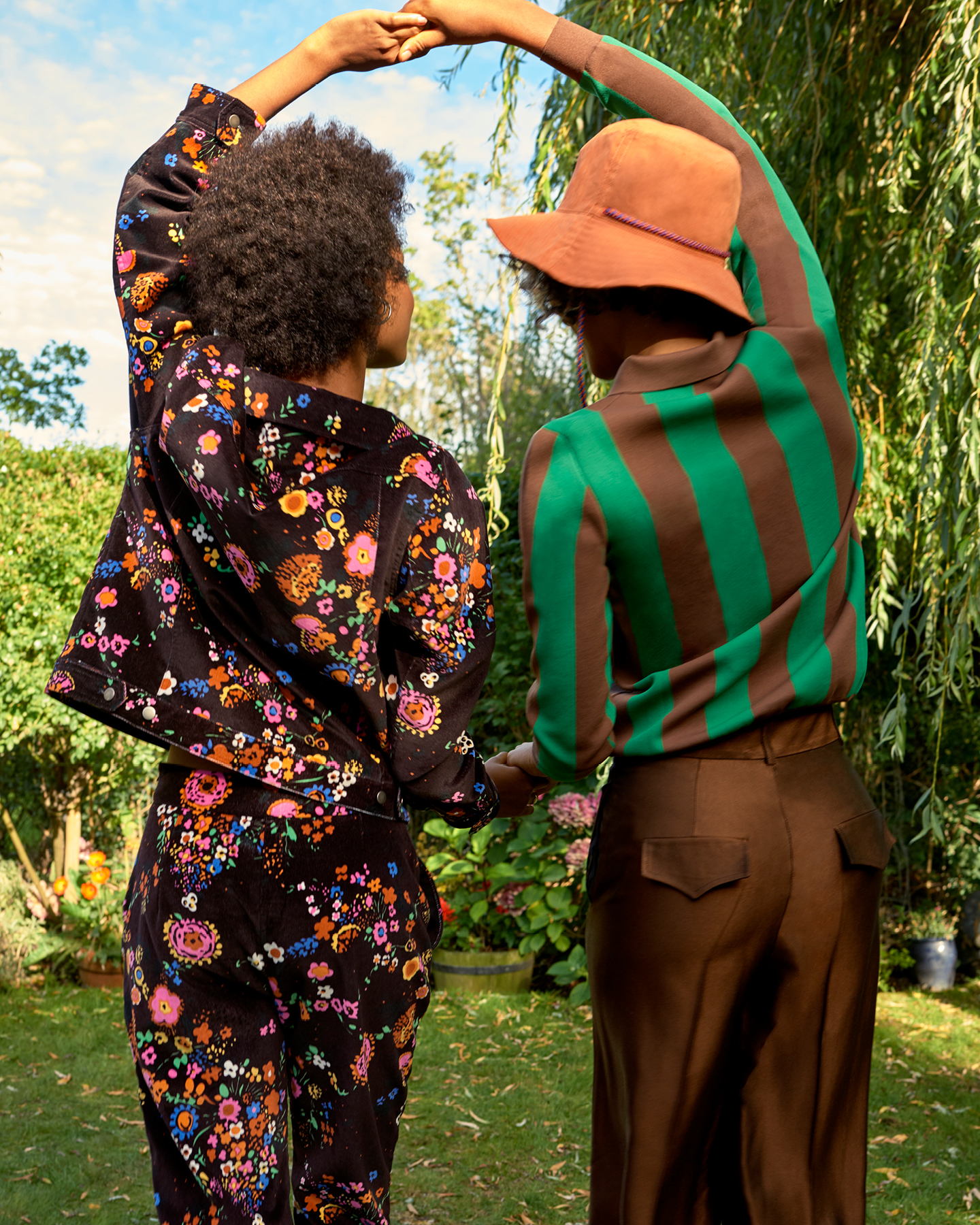How sustainable is rental fashion?
This is a guest blog post by Tamsin Chislett, the Co-founder & CEO of Onloan, a fashion rental & resale subscription platform. She is an Acumen Global Fellow, and previously worked for an organic & Fairtrade cotton factory in Northern Uganda.
Recently there was a story published with the headline “Renting clothes is worse than throwing it away.“
It came as a shock, not only because I work within the rental industry, but because it also felt at odds with everything we’ve been hearing in recent years about the need for circular based solutions to our fast fashion, linear shopping habits. Something desperately required as a means to conserve and protect our environment.
Unsurprisingly, with such compelling headlines, I wanted to delve deeper and concluded that the study’s findings, which focused on comparing the global warming potential of different ownership and end-of-life models for textiles, deserved more debate.
Here are my thoughts:
- The study assumed that customers each drive 2km in a private car to collect their rental items, which leads to lots of extra emissions. This was based on a real business in Finland but doesn’t reflect the reality for many UK rental businesses, which use a postal service or carbon-neutral DPD to deliver and return rented items.
- The study assumed that the ‘Base’ case is someone buying an item and wearing it 200 times before throwing it away, whereas the average number of times a customer wears a garment before disposal is 10 times (source). It’s why our wardrobes are bulging but we only wear 44% of the clothing we own and around 30% of the clothing in our wardrobe has not been worn for at least a year (source). All those short-lived pieces are better off rented because then a single item CAN be worn 200 times, just by lots of different people.
- The study assumed the same total number of wears for an item kept by one person, as it does for an item that is rented out. Given all rental businesses make more money if they prolong the life of a garment and ensure it is highly utilised, this seems like a poor assumption.
- The study only looked at carbon emissions via transportation at a consumer level, not other aspects of environmental impact, such as land use, water usage, dye pollution, – all of which occur during the production value chain. Extending the life & increasing the wear of a garment spreads these impacts over more wears.
- The study also assumed the same washing techniques for all scenarios. Many people assume that rental businesses do a lot of dry-cleaning, but many UK rental companies avoid it and focus on wet-washing and ozone technology.

The study concluded “In sum, it can be said that if uses can be doubled and delivery can be arranged without impacts to “Global Warming Potential”, then the ‘rent’) scenario can reach approximately the same level of GWP as the REUSE scenario.”
This should have been the main takeaway and in my view, the details matter.
Rental needs scrutiny to make it as ‘green’ as possible and businesses have to consider transportation, packaging, washing techniques, garment care, and garment afterlife. Even then, re-wearing what we already own will still be a more ‘sustainable’ option. But to say rental is worse than throwing an item away seems flawed. Extending the life of clothing has a significantly positive impact on the planet. Extending the life of clothes by an extra nine months reduces its carbon, water, and waste footprint by around 20-30% each, and cuts the cost in resources used to supply, launder and dispose of clothing by 20% (source).
Whether we get bored of something, it no longer fits correctly, or it’s simply an impulse purchase we bought for “newness”, the fast fashion industry thrives on people buying, wearing less, and then buying again. During the past 10 years, the number of items of clothing purchased per consumer has more than doubled (source), and yet, it is estimated that more than half of the fast fashion produced is disposed of in under a year (source).
Rental isn’t the perfect solution to this and needs to be challenged. We need to work collectively and openly to effect change and constantly improve. It is one part of a cultural shift where we have to put value back into the clothes, textiles and raw materials that we use and likewise value those that create them for us across the supply chain. It’s also a system shift that sees us utilise all circular solutions while ensuring these don’t come at a cost to the planet we live in.
So if you haven’t before, why not try out one of the three ‘R’s,’ rental, repair and resale? We’re now in Second Hand September, an initiative that invites people not to buy anything new for a month. Instead, it’s about exploring second-hand options or utilising what we already own. It’s a great way to start to think about the circularity of our wardrobes.
In my mind, rental has the potential to be the ultimate second-hand solution. Loved clothes last longer, and what better way to love something and then let it go for someone else to love another day.








